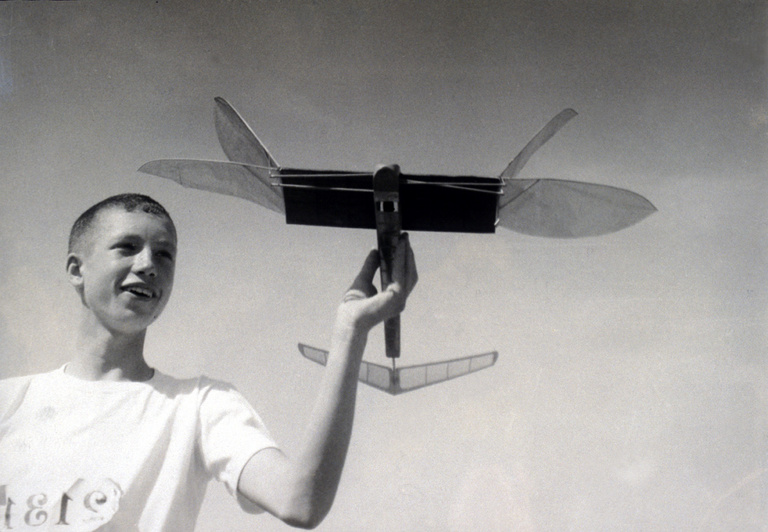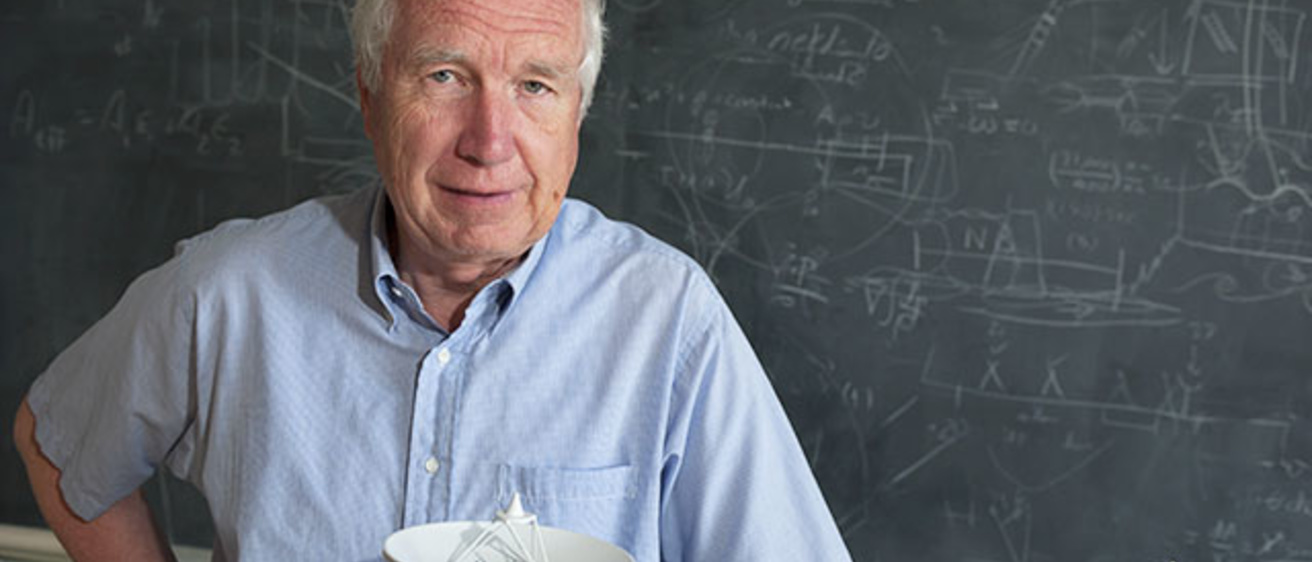When he was six years old, Don Gurnett decided he wanted to build a firecracker. He put some charcoal powder, iron filings, and dried grass into a paper bag and gave it to his father to ignite.
“He took it out (to a field), and by God, it really exploded,” says Gurnett, still amazed at the episode nearly 70 years later.

Well, his dad may have added a fuse and a cherry bomb to enhance the effect, but the experience kindled a desire by Gurnett to become a scientist and to amass a legacy in space, science, and engineering that few can match.
Gurnett’s 50-year career as a teacher and as a physicist at the University of Iowa will be celebrated on Oct. 17 in a free, public symposium that will break down his accomplishments, from the first recordings of sounds in space, to building the instrument that informed humankind that a spacecraft was the first (and only) to reach interstellar space, to teaching and mentoring leaders in space exploration today.
Professor of Physics and Astronomy Robert Mutel has worked with Gurnett for years and praised his colleague for his passion for teaching space physics even as he racked up worldwide praise for his research.
"Professor Gurnett perfectly embodies the legacy of his mentor, James Van Allen: brilliant but unpretentious, hard-working, completely dedicated to his students and colleagues and to the University of Iowa," Mutel says, noting that students in Gurnett's classes consistently rated him among the best teachers in the department.
Gurnett, who has an easy-going demeanor and a zeal for storytelling, had no clue the symposium was being planned at first. He still questions whether he should speak at the gathering.
“It just seems funny, talking at an event in my own honor,” says Gurnett, who grew up on a farm near Fairfax, Iowa. “I refused at first.”
The 75-year-old Gurnett doesn’t have to worry about extolling his accomplishments; his invited guests—mostly his former students at the UI and stalwarts in their fields—will walk the audience from Gurnett’s studies under UI space pioneer James Van Allen to his own career and space discoveries. Among the speakers will be:
- Jim Green, a UI alumnus and director of NASA’s Planetary Sciences Division, will give an overview of Gurnett's space career in a talk titled "Amazing Discoveries by Don Gurnett: From the Magnetosphere Through the Heliosphere."
- Tom Krimigis, a Gurnett disciple and emeritus head of the Applied Physics Lab at Johns Hopkins University, will talk about Gurnett’s involvement with Voyager I, launched in 1977 and the only spacecraft to reach interstellar space.
- Bill Farrell, a Gurnett student and plasma physicist at NASA/Goddard Space Flight Center, will talk about Gurnett’s contributions to the study of auroral radio emissions and how that work guides current research.
- Ted Fritz, a Gurnett student and astronomy professor emeritus at Boston University, will talk about some of the instruments Gurnett built and launched on rockets as a graduate student in the 1960s.
Gurnett will devote his time to talking about how he got his start building spacecraft instruments as an undergraduate in Van Allen’s lab in the fall of 1958, just a year after the Russians successfully launched the first space satellite, Sputnik 1, triggering a visceral, widespread fear that America would be dominated in space. His presentation is titled, “Memories from the Dawn of the Space Age.”
“You’ve got to remember, this was the middle of the Cold War,” Gurnett explains. “[Sputnik’s flight] showed we were … behind. We were just shocked. The pressure was on us to do something to catch up.”
Gurnett’s career has spanned more than half a century, from a low-energy particle detector he built on a rocket launched in March 1960 to his collaboration on NASA’s Juno mission, launched in 2011 and scheduled to reach Jupiter on July 4, 2016. He has been part of 41 space missions, nearly two-thirds of the 67 spacecraft projects that the UI has been involved in.
He still considers Voyager I his crowning achievement. The spacecraft, launched in 1977, was the second to visit Jupiter and Saturn. In 2012, Gurnett’s radio- and plasma-wave instrument on board the craft clinched that Voyager 1 had crossed the heliopause—the plasma boundary of the solar system—farther than any human-made object has ever traveled.
“I’m very proud of being involved; I can’t help it,” says Gurnett almost sheepishly. “How can you say it? Of all things that NASA’s ever launched, Voyager’s right up there.”
While the symposium centers on his career and legacy, Gurnett has no plans to retire.
“I’m still here,” he says, with a chuckle. “Fifty years is kind of a milestone; I have to recognize that. (But) I’m still very enthusiastic.”
